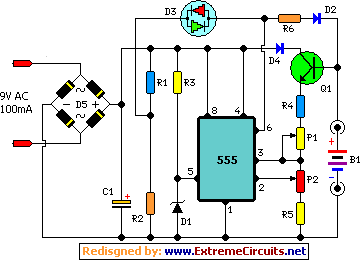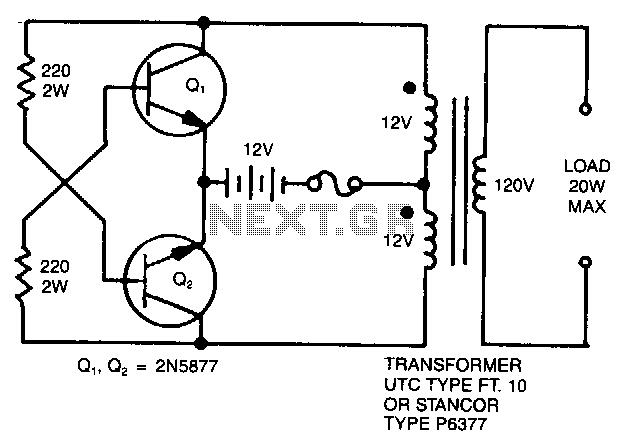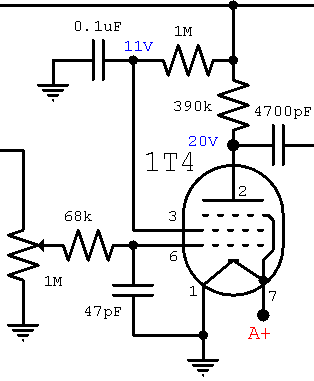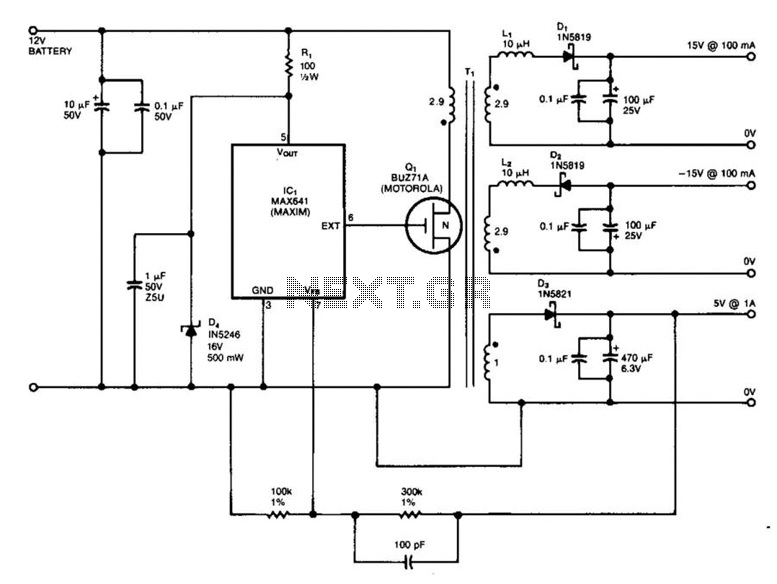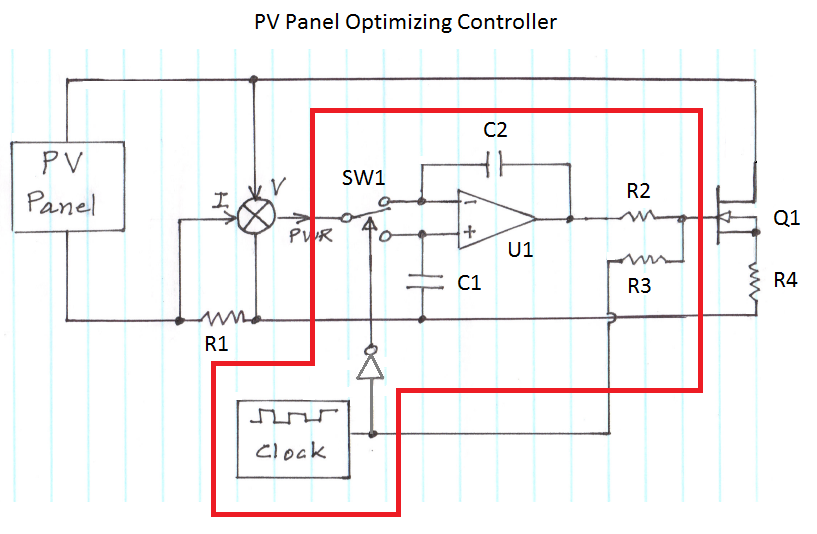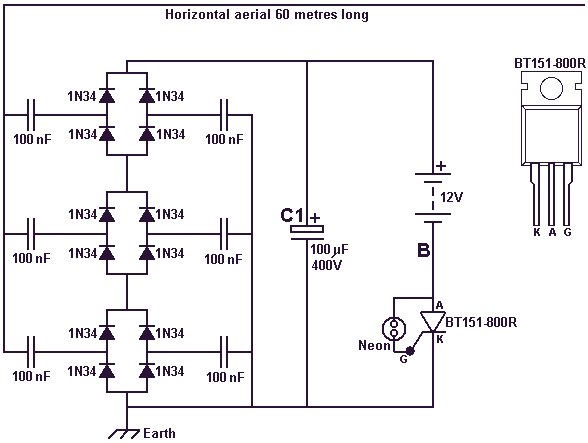
Split pack battery charging

A high voltage battery pack will be utilized in both the eCRX and the electric race bike.
A high voltage battery pack is a critical component in electric vehicles, providing the necessary energy storage to power electric motors effectively. In the context of the eCRX and the electric race bike, the use of a high voltage pack can enhance performance by allowing for higher power output, faster acceleration, and improved efficiency.
The design of the high voltage battery pack typically involves multiple lithium-ion cells arranged in series and parallel configurations to achieve the desired voltage and capacity. For instance, if a target voltage of 400V is required, a series connection of 100 cells, each rated at 4V, can be employed. Parallel connections can be used to increase the capacity, ensuring that the pack can deliver sufficient current to meet peak demands during operation.
Safety considerations are paramount when dealing with high voltage systems. Proper insulation, robust connectors, and circuit protection devices such as fuses or circuit breakers must be incorporated to prevent overcurrent conditions. Additionally, battery management systems (BMS) play a vital role in monitoring cell voltages, temperatures, and overall pack health, ensuring safe operation and longevity of the battery.
Thermal management is another critical aspect, as high voltage packs can generate significant heat during operation. Implementing cooling solutions, such as liquid cooling or air cooling systems, can help maintain optimal operating temperatures, thereby enhancing performance and safety.
In conclusion, the integration of a high voltage battery pack in both the eCRX and the electric race bike represents a significant advancement in electric vehicle technology, offering improved performance, efficiency, and safety when designed and implemented correctly.Hi all,So I will be running with a high voltage pack in both the eCRX and the electric race bike. Both .. 🔗 External reference
A high voltage battery pack is a critical component in electric vehicles, providing the necessary energy storage to power electric motors effectively. In the context of the eCRX and the electric race bike, the use of a high voltage pack can enhance performance by allowing for higher power output, faster acceleration, and improved efficiency.
The design of the high voltage battery pack typically involves multiple lithium-ion cells arranged in series and parallel configurations to achieve the desired voltage and capacity. For instance, if a target voltage of 400V is required, a series connection of 100 cells, each rated at 4V, can be employed. Parallel connections can be used to increase the capacity, ensuring that the pack can deliver sufficient current to meet peak demands during operation.
Safety considerations are paramount when dealing with high voltage systems. Proper insulation, robust connectors, and circuit protection devices such as fuses or circuit breakers must be incorporated to prevent overcurrent conditions. Additionally, battery management systems (BMS) play a vital role in monitoring cell voltages, temperatures, and overall pack health, ensuring safe operation and longevity of the battery.
Thermal management is another critical aspect, as high voltage packs can generate significant heat during operation. Implementing cooling solutions, such as liquid cooling or air cooling systems, can help maintain optimal operating temperatures, thereby enhancing performance and safety.
In conclusion, the integration of a high voltage battery pack in both the eCRX and the electric race bike represents a significant advancement in electric vehicle technology, offering improved performance, efficiency, and safety when designed and implemented correctly.Hi all,So I will be running with a high voltage pack in both the eCRX and the electric race bike. Both .. 🔗 External reference
